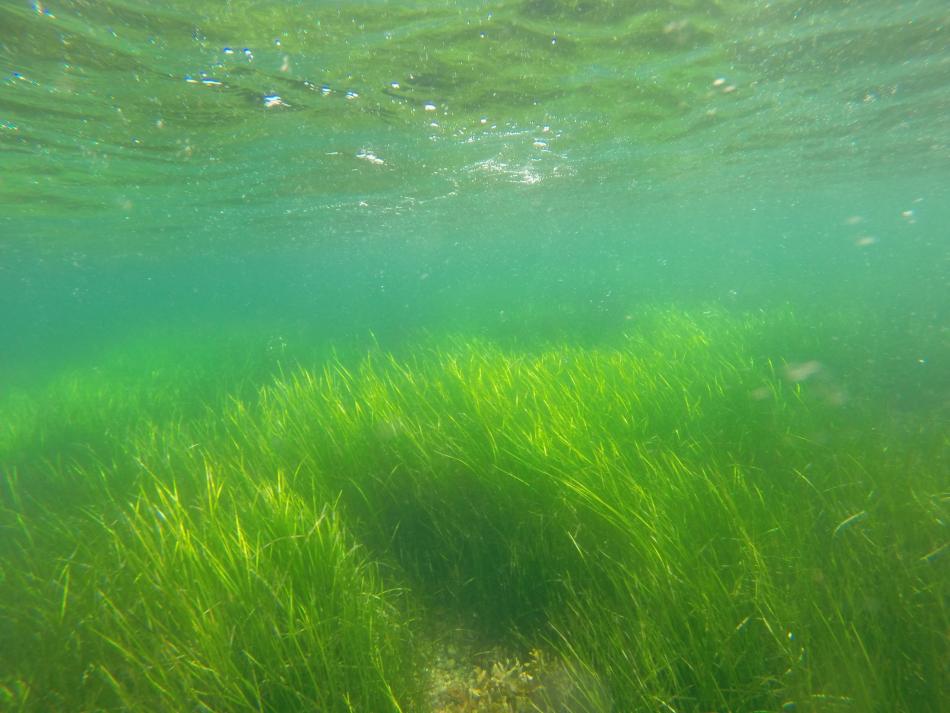
Eelgrass is a valuable shallow coastal water plant that performs numerous critical ecosystem functions. It is well known to serve as a nursery habitat for bay scallops, blue crabs and many commercial fish species. Intact meadows effectively dampen wave energy reducing coastal erosion. Eelgrass is a prolific primary producer helping to fuel the near shore food web. Recent studies have documented that eelgrass meadows accumulate and sequester large quantities of carbon, acting as an important buffer to climate change. In a future of warming ocean temperatures and sea level rise, how do we protect this valuable resource? Multiple creative approaches to eelgrass restoration and conservation will be discussed.
Presenter, Phil Colarusso, has been working as a marine biologist and diver for EPA for 32+ years. He has worked on a wide variety of coastal and ocean issues, including impact assessment of power plant operations on fish populations, impacts of dredging to benthic habitats and habitat suitability requirements of seagrass. From 2012 to 2016, he was one of six US representatives on the Commission for Environmental Cooperation’s Blue Carbon Steering Committee. Working with colleagues from Mexico and Canada, the committee compiled data to establish a blue carbon baseline for North America. His area of expertise is seagrass ecology/physiology. His current research focuses on carbon sequestration by seagrasses, seagrass restoration and the impact of invasive species on seagrasses. He received a MS in Environmental Science from University of Massachusetts in Boston and a PhD from Northeastern University in Marine Biology.
